A few weeks ago, I received a rather panicky call from a mom – I’ll call her “Nancy” – who wanted to speak with me about test prep for her 17-year-old daughter. She was confused about the differences between the ACT and SAT and wanted some guidance on which test her daughter should take. She also mentioned that to save time and get some clarity on whether the SAT or ACT would be a better fit, her daughter took an SAT/ACT “hybrid” diagnostic test from another test prep company. Now, however, with results in hand, Nancy was more confused than before about which test would be better for her daughter. She said she felt that they were running out of time and didn’t know what to do.
After hearing all of this, I calmly told Nancy what I tell all nervous parents – that, at the end of the day, this is “just a test.” I then suggested she forget about those hybrid test scores and have her daughter come into our office to take real, full-length SAT and ACT practice tests (for free).
The SAT and ACT: Different Flavors of Kool-Aid
Whenever I think about the differences between SAT/ACT hybrid tests and the real SAT and ACT, I think about Kool-Aid (bear with me on this). Let’s say you have two flavors of Kool-Aid – strawberry and grape – and you want to determine which flavor a person prefers. Well, that would be easy: you’d have them drink the strawberry, you’d have them drink the grape, and then you’d ask them which one they liked the best. Right?
Hybrid tests try to save time by combining elements of both tests into one: they’ll add some SAT- and ACT-style questions together with the assumption that a student who performs better on one type of question (SAT or ACT) is likely to perform better on that same test. The problem with this approach is that it cannot give us any information about certain aspects of the test-taking experience that are crucial to consider when comparing the SAT and ACT: a student’s time management skills, say, or their test-taking stamina. The hybrid diagnostic approach is a lot like asking someone to drink a mixture of strawberry and grape Kool-Aid and tell you which flavor they like best. It cannot be done!
Here’s what we do at Summit to help students determine which test is best for them. First, students take full-length versions of both tests. Together we look at the quantitative (score differences between the tests) and the qualitative (which test the student likes more) results from both tests. This approach enables us to determine which is the better fit. As a complimentary service, we offer students one free practice test of each test type to serve as a diagnostic tool, along with a free consultation with one of our in-house test prep experts to guide you through the results.
Why “Real” Practice Tests Are Better Than “Hybrid” Diagnostics
At first, Nancy was a bit resistant to the idea of completely throwing out those SAT/ACT hybrid test results. After all, the whole purpose of having her daughter take the hybrid in the first place was to save time. Her daughter, like most of today’s high school juniors, was exceptionally busy, and Nancy was worried that they wouldn’t be able to find the time to come in to sit for not one, but two practice tests.
Saving time is one of the most appealing aspects of hybrid tests, and I get that: parents often want to know why they should have their busy teenagers take two tests instead of one. “Why,” they’ll ask, “can’t there just be one simple test that will tell us whether the SAT or ACT is right for my kid?” Therein lies the reason why hybrid diagnostics are still around: the market wants them, and some cynical test prep companies are more than happy to provide them.
The problem is, since they are basically two flavors of Kool-Aid mixed together, hybrid tests actually waste more time by adding an unnecessary step to the process. There are four key reasons why full-length practice tests are best for students to take:
- Official practice tests help students understand their strengths and areas in need of improvement.
- They allow students to experience what it is like to take the test under realistic, timed conditions (the “dress rehearsal”).
- They provide benchmark scores, which give the ability to compare real SAT and ACT scores to determine whether a student’s scoring profile favors one test over the other.
- They provide great qualitative information about how students feel about each test. Many students will prefer one test over another.
Only real practice tests released by the test makers (which are the only practice tests we use and recommend at Summit) achieve all of these objectives. Hybrid diagnostic tests, by contrast, mostly fail on all four fronts.
Conclusion
After explaining all of this to Nancy, she agreed to have her daughter come in on successive weekends to take a practice SAT and ACT. A couple of days after all of the scores had come in, I called Nancy to go over them in detail. I pointed out her daughter’s strengths and areas in need of improvement on both tests and offered my thoughts on why she had struggled in certain areas and advised on how to structure her test prep.
I knew that Nancy had been feeling like time was running out, and so it was extremely gratifying to me when she thanked me for walking her through everything and helping her come up with a test prep plan for her daughter. I told her that of course she was welcome, and asked her how she was feeling about the process now. “Great,” she said. “I wished we’d come to you back when we first decided to hit ‘go’ on this and skipped the hybrid test completely.”
And that’s the problem with SAT/ACT hybrid tests: while they seem like a time-saver, they aren’t. I often tell parents of 17 year-olds that junior year is busy and stressful enough. What we try to do as a company – and what I believe all testing companies ought to do – is simplify the process to make families’ lives easier. Students are much better off taking a real practice SAT and ACT, determining which test is best for them, and then focusing on that test.



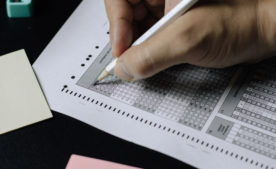


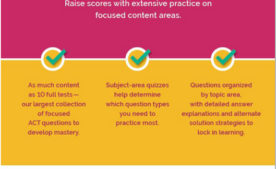
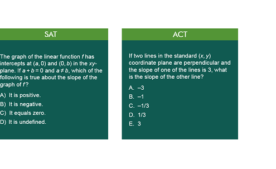
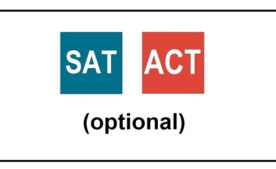










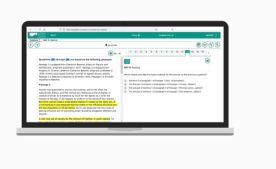








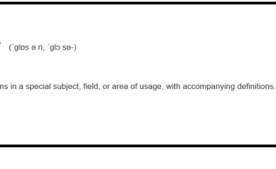
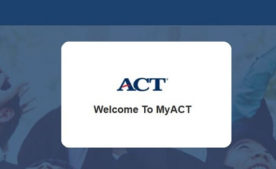
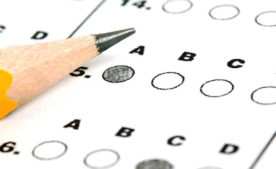





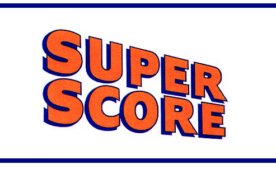
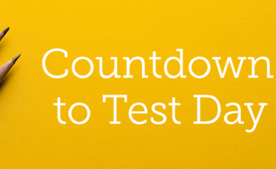


“Mixed flavor Kool-Aid” is a terrific analogy in support of why hybrids constitute a flawed approach. Well-played Michael
Thanks, Linda!